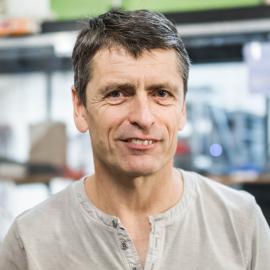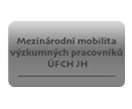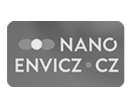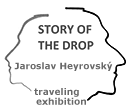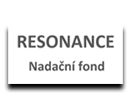Imaging Photochemistry in Nanoparticles
Grant Agency
European Commission
Topics
Molecular Spectroscopy and Photochemistry.
Year from
2009
Year to
2011
Abstract:
We propose Fellowship dealing with the photochemistry of free nanoparticles. More specifically, we concentrate on molecules embedded in the cluster environments. One example are systems of atmospheric relevance - attaching hydrogen halides, NOx or HNO3 on water clusters can mimic chemistry on the polar stratospheric clouds. As the second example the hydration of biomolecules can provide a bridge between behavior of isolated molecules and more complex biological systems. The Fellow will work with a unique cluster beam apparatus. At an early stage of the fellowship he will extend the apparatus with the ion slicing detection system, which presents the latest development in the field of ion imaging and will provide a substantial increase in sensitivity. When the detection system is designed, build and tested, we propose series of photolysis experiments. They will concern three classes of systems - heterogeneous nanoparticles of atmospheric and biological relevance and organic molecules embedded in rare gas clusters, where the photolysis should lead to synthesis of novel rare gas molecules. Simultaneously with the experiments, the Fellow will participate on the calculations to support interpretation of data in the collaboration with the quantum chemistry group in Prague.
We propose Fellowship dealing with the photochemistry of free nanoparticles. More specifically, we concentrate on molecules embedded in the cluster environments. One example are systems of atmospheric relevance - attaching hydrogen halides, NOx or HNO3 on water clusters can mimic chemistry on the polar stratospheric clouds. As the second example the hydration of biomolecules can provide a bridge between behavior of isolated molecules and more complex biological systems. The Fellow will work with a unique cluster beam apparatus. At an early stage of the fellowship he will extend the apparatus with the ion slicing detection system, which presents the latest development in the field of ion imaging and will provide a substantial increase in sensitivity. When the detection system is designed, build and tested, we propose series of photolysis experiments. They will concern three classes of systems - heterogeneous nanoparticles of atmospheric and biological relevance and organic molecules embedded in rare gas clusters, where the photolysis should lead to synthesis of novel rare gas molecules. Simultaneously with the experiments, the Fellow will participate on the calculations to support interpretation of data in the collaboration with the quantum chemistry group in Prague.
doc. Mgr. Fárník Michal Ph.D., DSc.
E-mail
michal.farnik
 jh-inst.cas.cz
jh-inst.cas.cz
 jh-inst.cas.cz
jh-inst.cas.czRoom
01 (suterén)
Extension
+420 26605 3206
Publications



